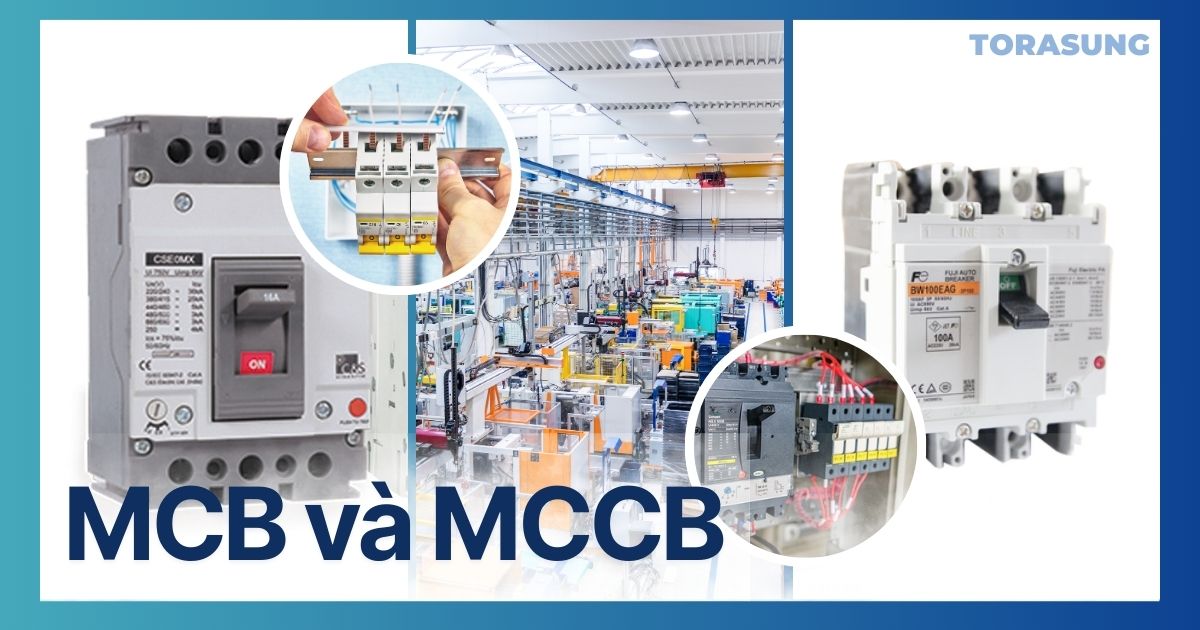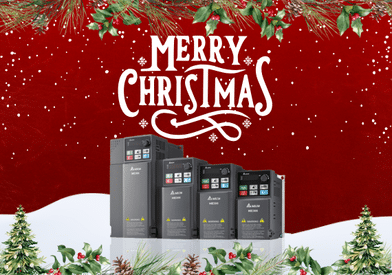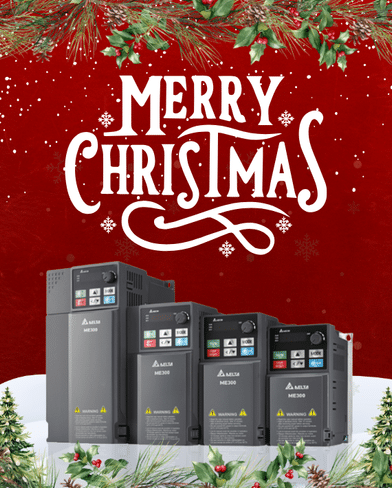Trong các hệ thống điện hiện đại, an toàn và độ tin cậy luôn là ưu tiên hàng đầu — dù là trong môi trường dân dụng, thương mại hay công nghiệp. Các thiết bị bảo vệ mạch như Aptomat (MCB) và Aptomat vỏ đúc (MCCB) đóng vai trò quan trọng trong việc ngăn ngừa ngắn mạch, quá tải và nguy cơ cháy nổ điện.
Mặc dù MCCB và MCB thực hiện các chức năng bảo vệ tương tự, chúng khác nhau đáng kể về công suất, thiết kế và ứng dụng. Bài viết này giải thích sự khác nhau giữa MCCB và MCB, giúp bạn hiểu rõ vai trò cụ thể của từng loại và hướng dẫn chọn lựa thiết bị phù hợp cho dự án của bạn.
MCB là gì?
Một MCB (Miniature Circuit Breaker) là một công tắc điện cơ nhỏ gọn, được thiết kế để bảo vệ các mạch điện áp thấp. MCB tự động ngắt mạch điện khi quá tải hoặc ngắn mạch, giúp bảo vệ thiết bị điện và hệ thống dây dẫn.
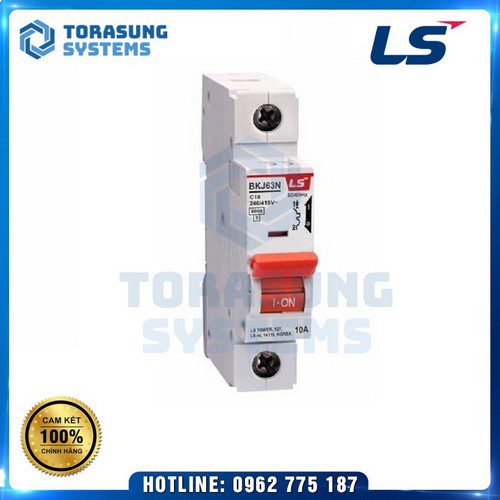
Các tính năng chính của MCB:
- Dòng điện định mức: Thường lên đến 100 Ampe
- Cơ chế ngắt: Nhiệt-magnet, cố định
- Khả năng cắt mạch: Thường 6 – 10 kA
- Kích thước: Nhỏ gọn, thuận tiện lắp trên tủ điện
- Ứng dụng: Nhà ở, văn phòng nhỏ, tòa nhà thương mại nhẹ
MCB được ưa chuộng nhờ sự đơn giản, chi phí thấp và dễ lắp đặt. Tuy nhiên, chúng chỉ phù hợp cho môi trường công suất thấp và không có khả năng điều chỉnh các thông số ngắt mạch.
MCCB là gì?
Một MCCB (Molded Case Circuit Breaker) là thiết bị lớn hơn và linh hoạt hơn, bảo vệ các hệ thống điện công suất trung bình đến cao. MCCB hỗ trợ dòng điện định mức cao hơn và cho phép điều chỉnh ngưỡng ngắt, phù hợp với môi trường công nghiệp và thương mại.
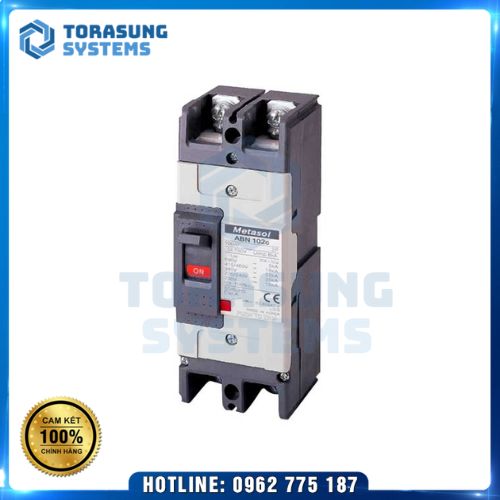
Các tính năng chính của MCCB:
- Dòng điện định mức: Từ 100 A đến 2.500 A hoặc hơn
- Cơ chế ngắt: Nhiệt-magnet hoặc điện tử
- Khả năng cắt mạch: Lên đến 100 kA
- Có thể điều chỉnh: Có, cho quá tải và ngắn mạch
- Ứng dụng: Tủ điện công nghiệp, máy phát điện, trung tâm điều khiển động cơ, phân phối điện thương mại
MCCB cần thiết trong môi trường yêu cầu linh hoạt, khả năng xử lý sự cố cao và cài đặt bảo vệ tùy chỉnh.
Sự khác nhau giữa MCCB và MCB
| Thông số kỹ thuật | MCB | MCCB |
|---|---|---|
| Dòng điện định mức | Lên đến 100 A | 100 A – 2500 A |
| Cài đặt ngắt | Cố định | Có thể điều chỉnh |
| Khả năng cắt mạch | 6 – 10 kA | Lên đến 100 kA |
| Công nghệ ngắt mạch | Nhiệt-magnet | Nhiệt-magnet / Điện tử |
| Kích thước và hình thức | Nhỏ gọn | Lớn hơn, vỏ đúc |
| Lắp đặt | DIN rail | Gắn bảng điện |
| Ứng dụng điển hình | Dân dụng, thương mại nhẹ | Công nghiệp, thương mại, hạ tầng |
| Chi phí | Thấp | Cao hơn, tùy vào dòng và tính năng |
Xem bài viết: Cách kiểm tra và bảo trì MCB và MCCB để đảm bảo an toàn

